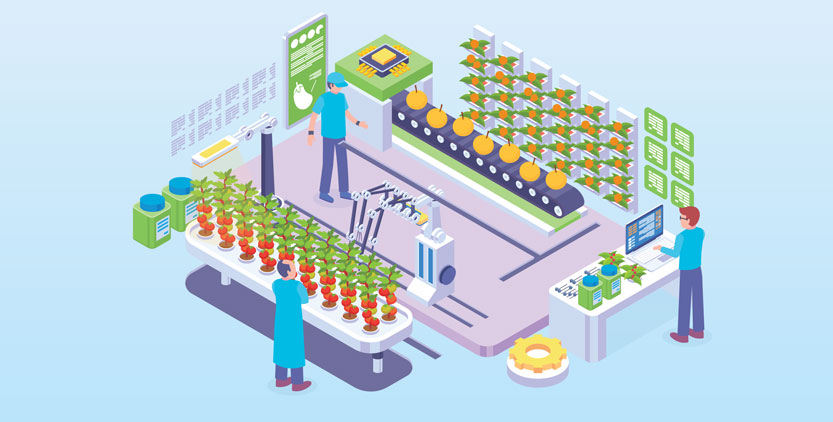
How does IT Automation improve business agility?
If there’s one quality your business needs in 2014, it’s agility. No matter what sector you operate in, if you can achieve business agility then you’re already ahead of the game. Technology – and in particular IT automation – is fast becoming crucial to business agility.
Everything from efficiency to profitability can be positively influenced by the use of IT automation and the flexibility it can introduce into an organisation. Here’s why…
Consolidation is key
IT automation is something that most businesses have introduced on an individual platform or departmental level. This has usually been a specifically targeted solution – for example job scheduling for batch processes – and the automation has been stand alone.
Now, the most agile of organisations are tying up internal automation. This consolidation is a response to the fact that processes are becoming dependent on other processes. A single, consolidated approach can remove the gap between processes, creating a single, streamlined solution that improves flexibility and efficiency all round.
What about predictive analytics?
The next step for IT automation is to offer organisations enhanced predictive capabilities. This type of insight is enormously important when it comes to giving a business the power to respond to a very fluid and fast moving market.
Predictive analytics can be used to identify in advance how to organise workflow to ensure maximum efficiency and productivity. It’s already possible to use IT automation to see where there are likely to be peaks in workflow that might require some resource planning. Now, as the industry progresses, the idea is to apply this across all systems and platforms.
The result will be a simplified perspective of workload and resources across an entire company. This can be used to plan and manage effectively so that the business can respond quickly and have contingencies set aside for virtually all eventualities.
Will self service automation make a difference?
The idea of self service automation is simple and effective. Essentially, IT automation is employed by an end user to choose from a service catalog and a process or workflow can then be initiated on a ‘self service’ basis. This removes the need to involve an IT operations person, which makes the business more able to respond quickly. This allows the end user to have complete control over the execution of business processes, which inevitably leads to a more agile organisation.
A reduced dependency on scripting
Static, script-based interfaces have been the traditional ‘go-to’ for automation solutions. However, this approach has also made adapting to change slow and time-consuming. With the switch to Web 2.0 interfaces that are starting to happen, dependency on slow script-based systems will gradually drop off. These new interfaces will allow for dynamic, bespoke responses that provide much more perspective and give an organisation more flexibility as a result.
For the latest advice on automating your business processes and IT systems, speak to one of the friendly team at Geeks who would be happy to help.










